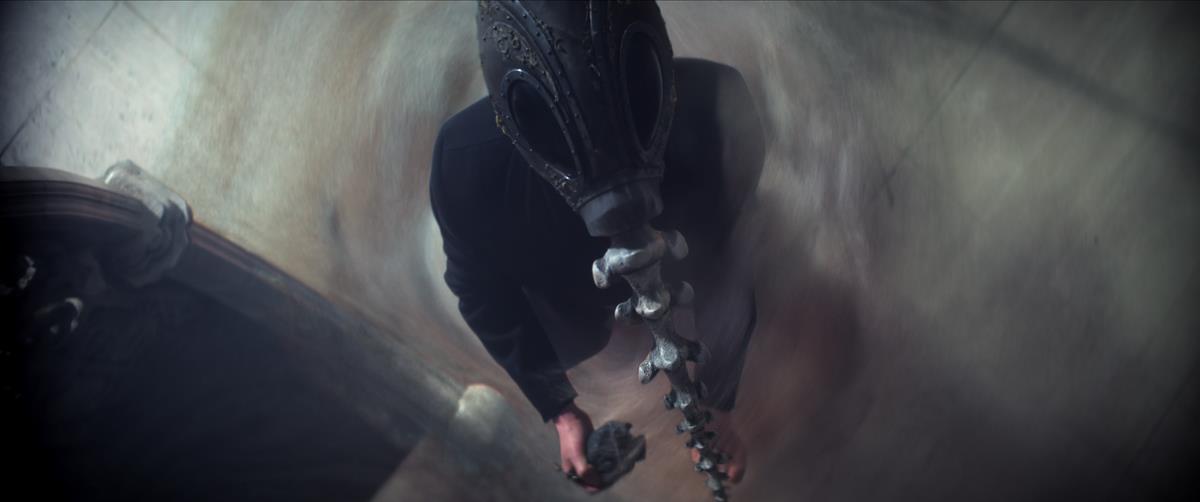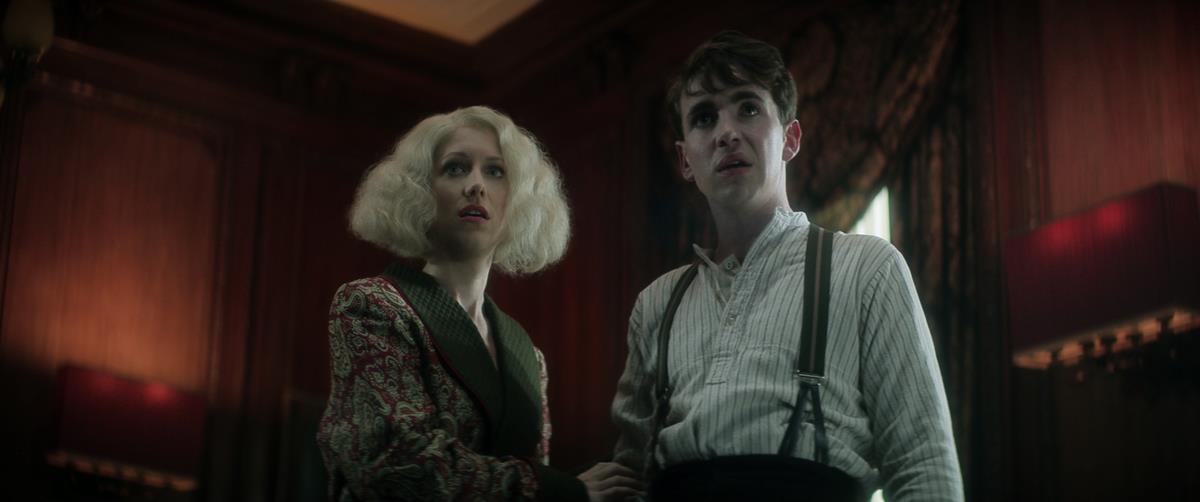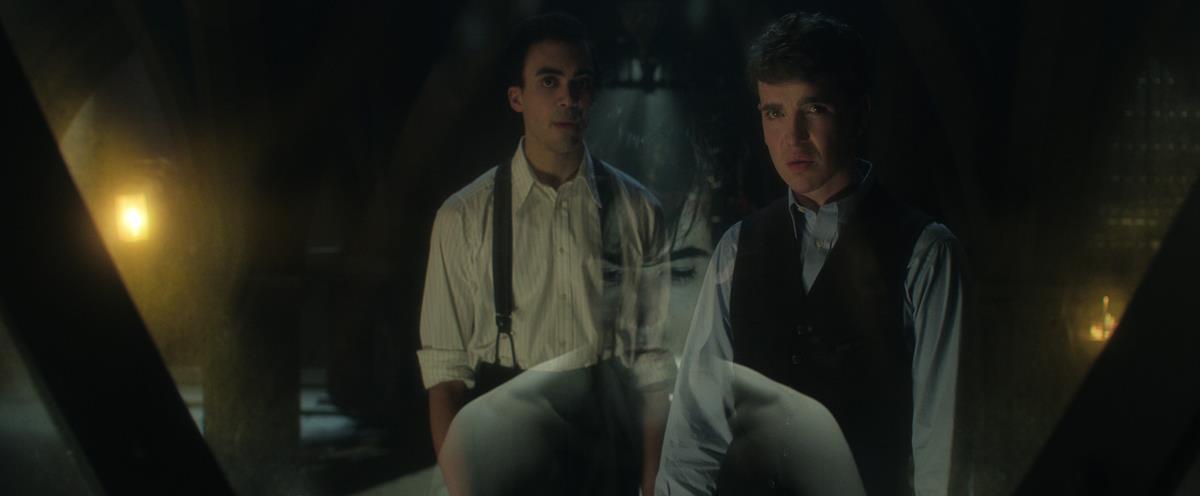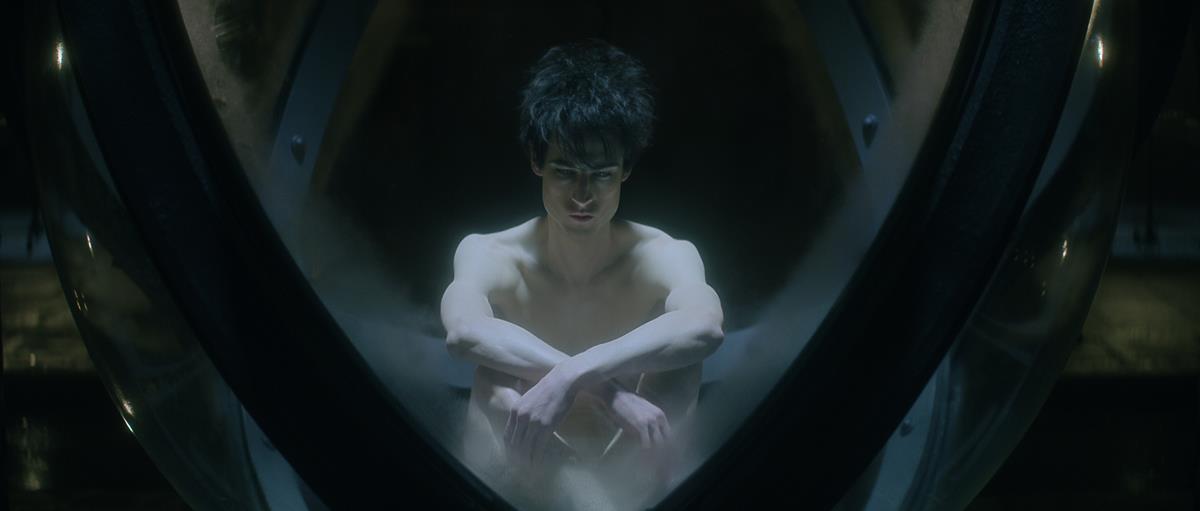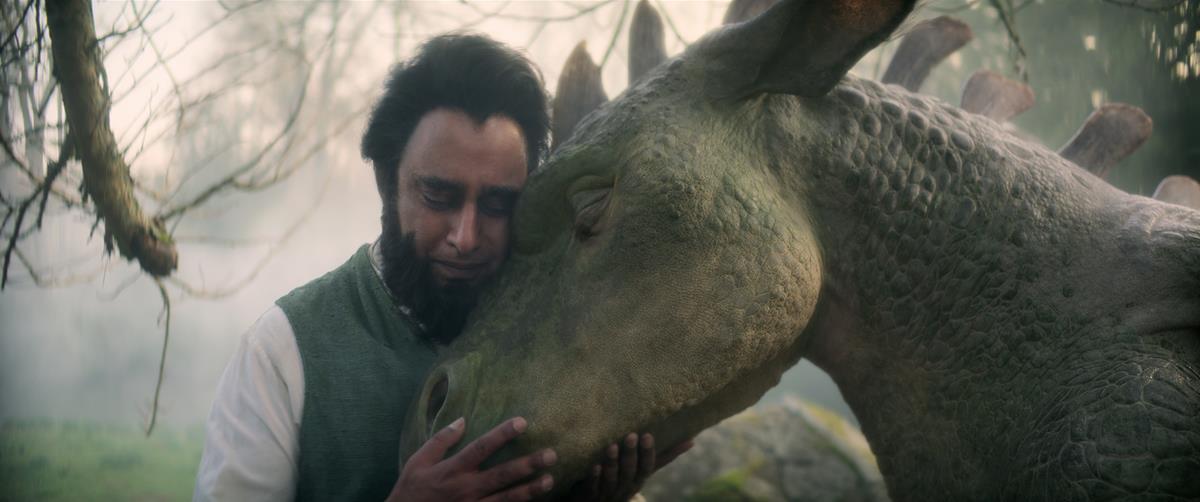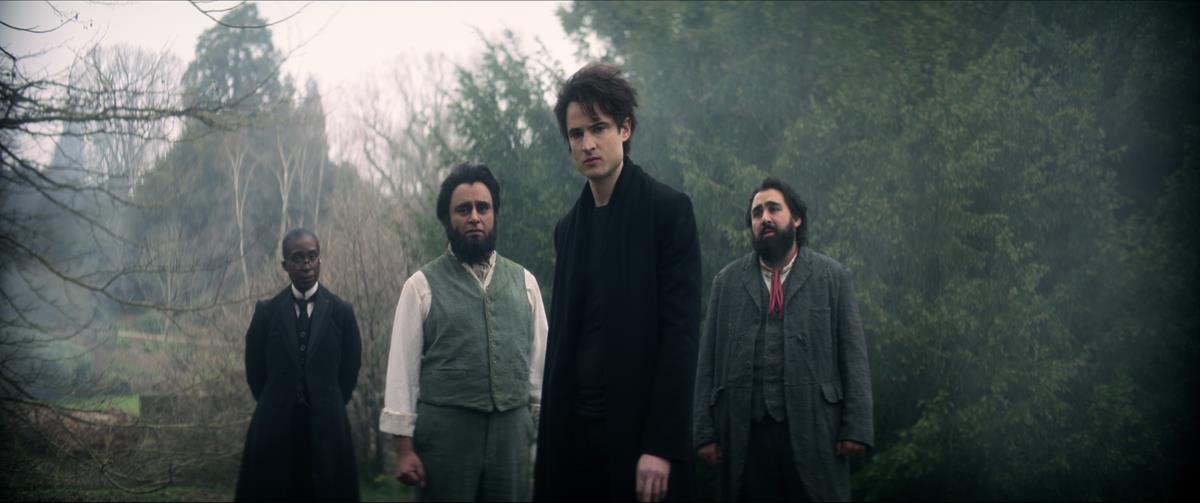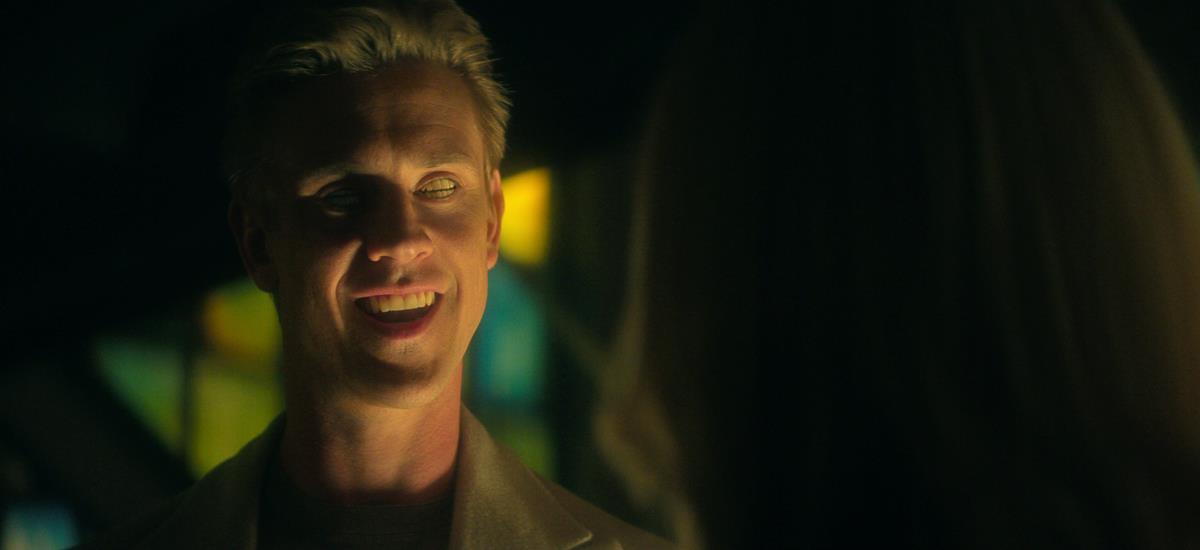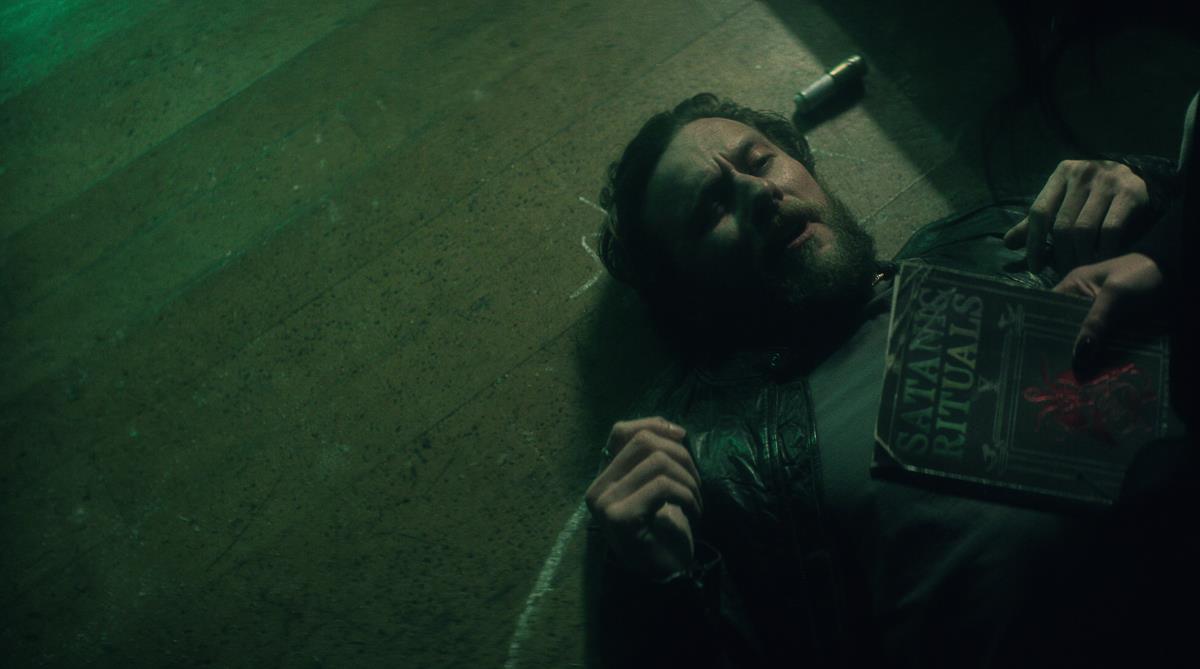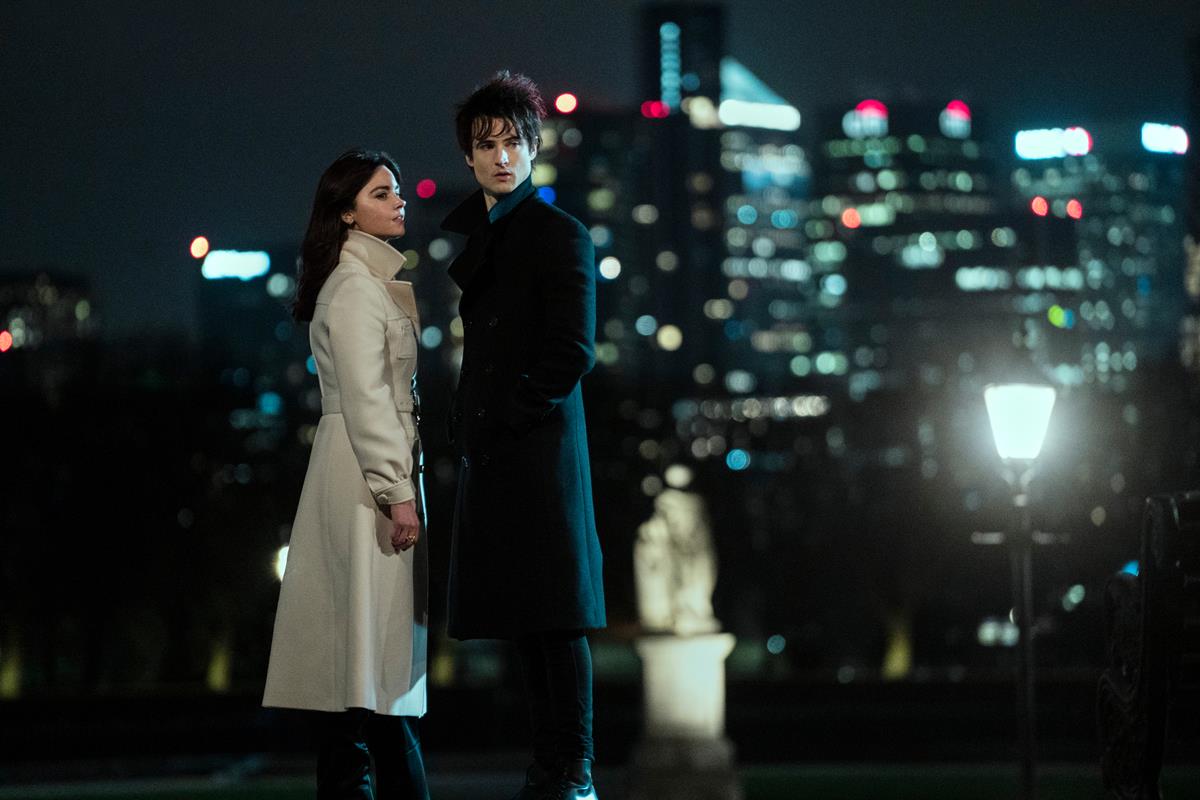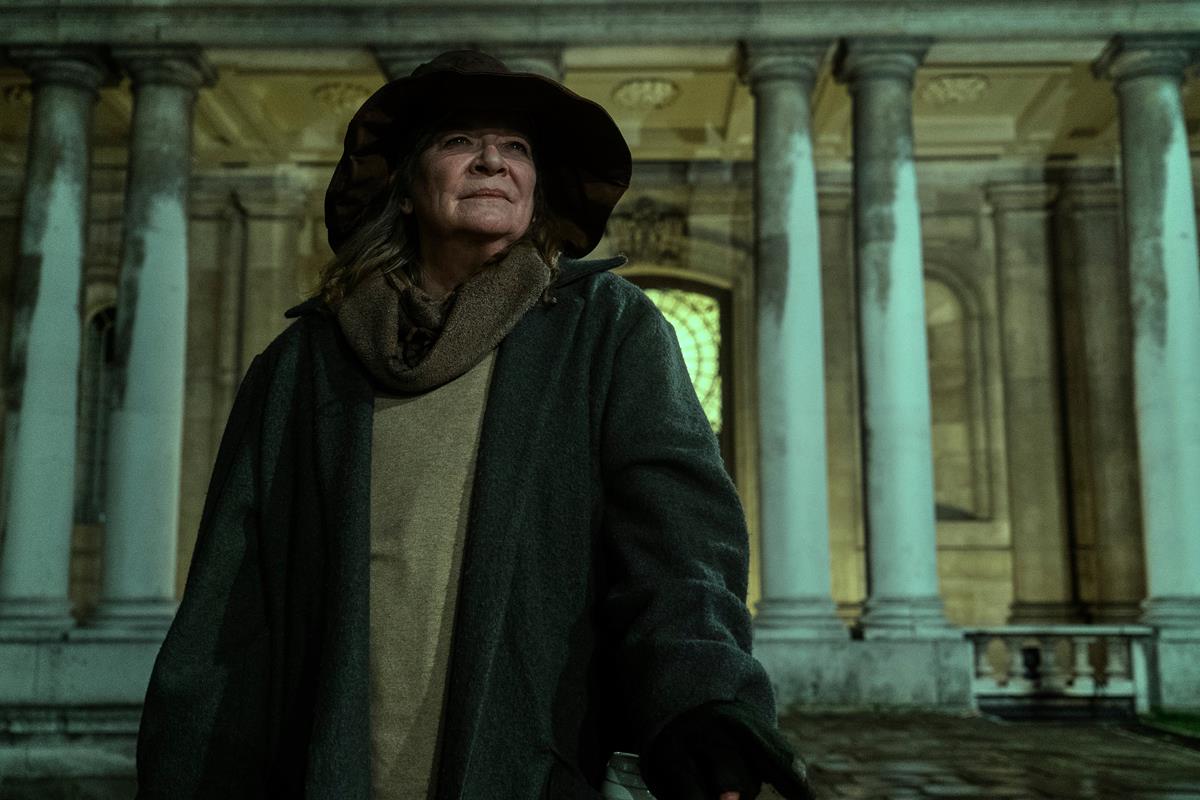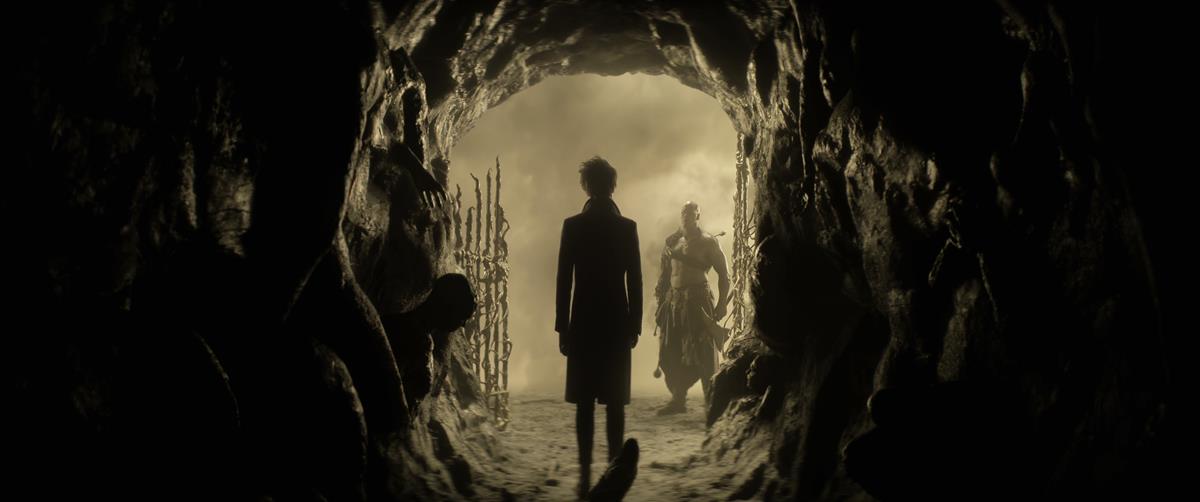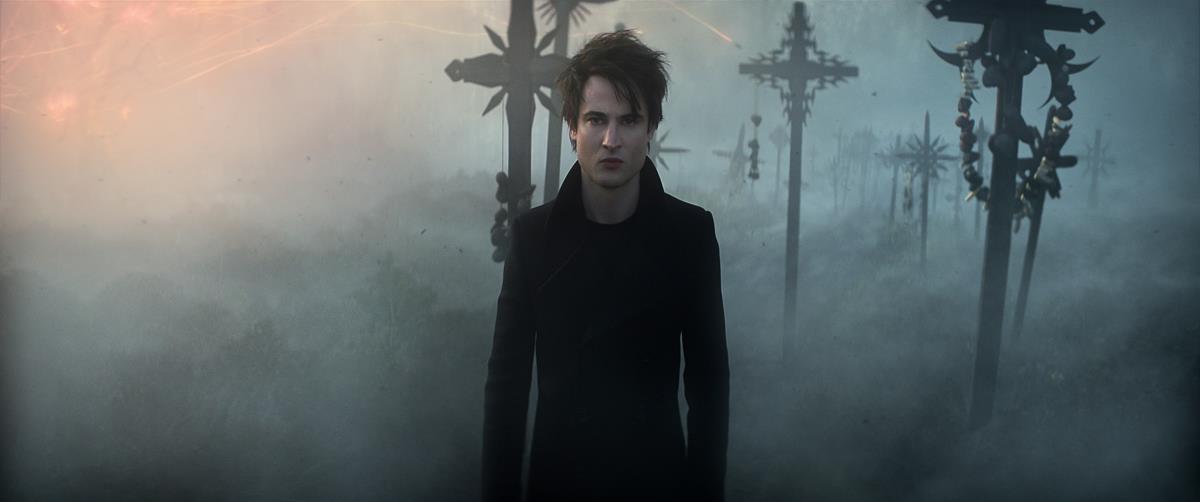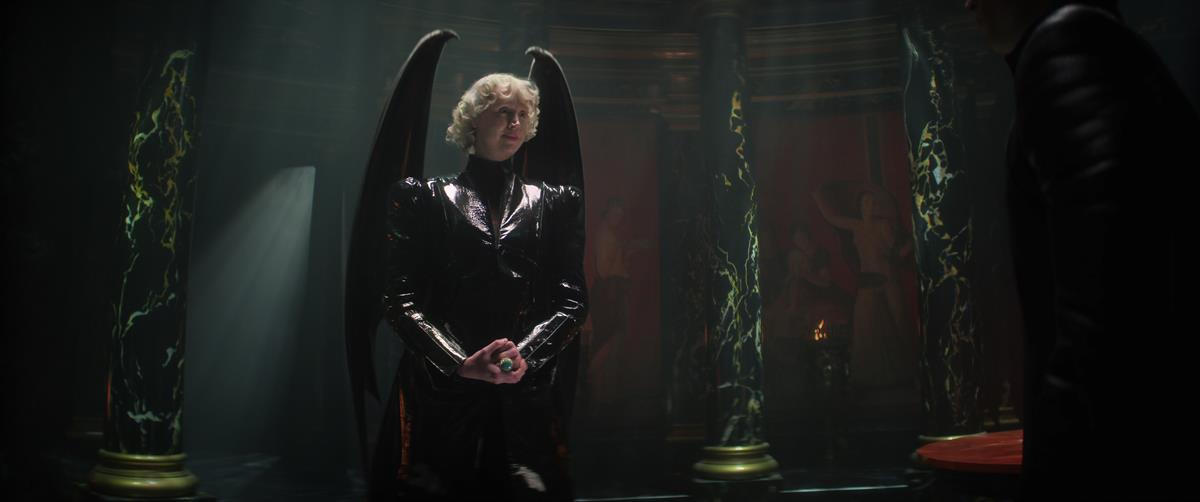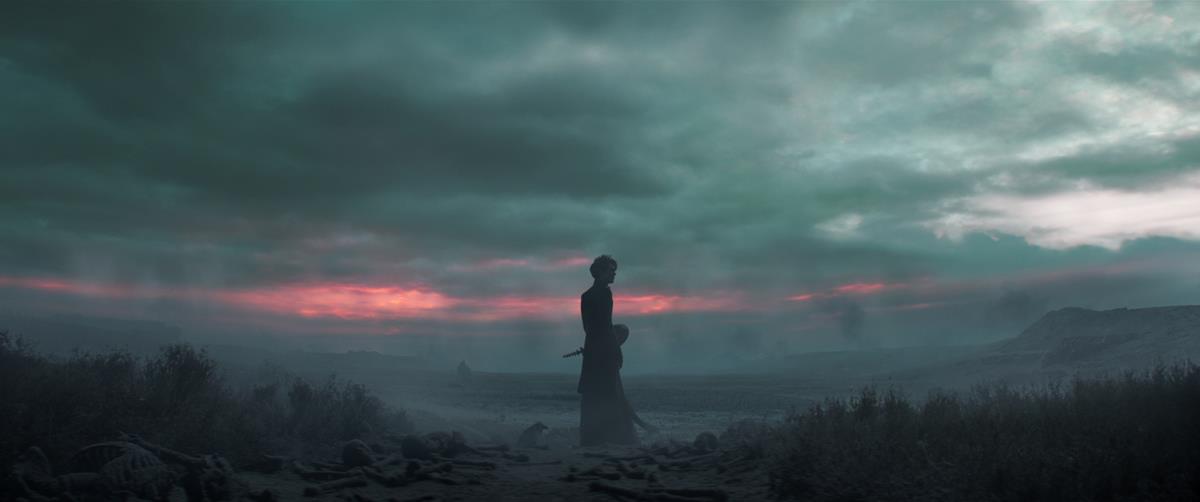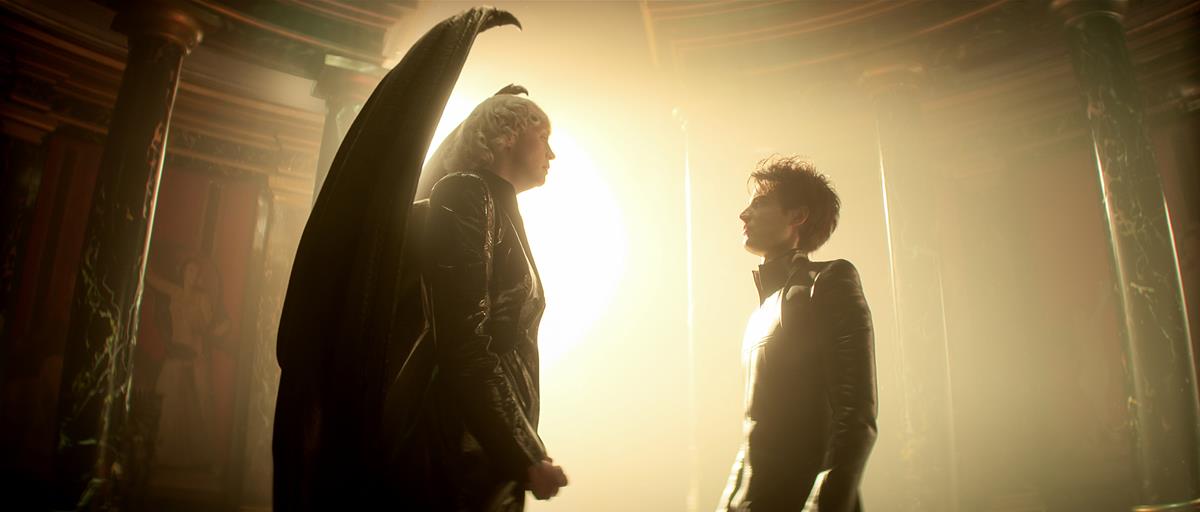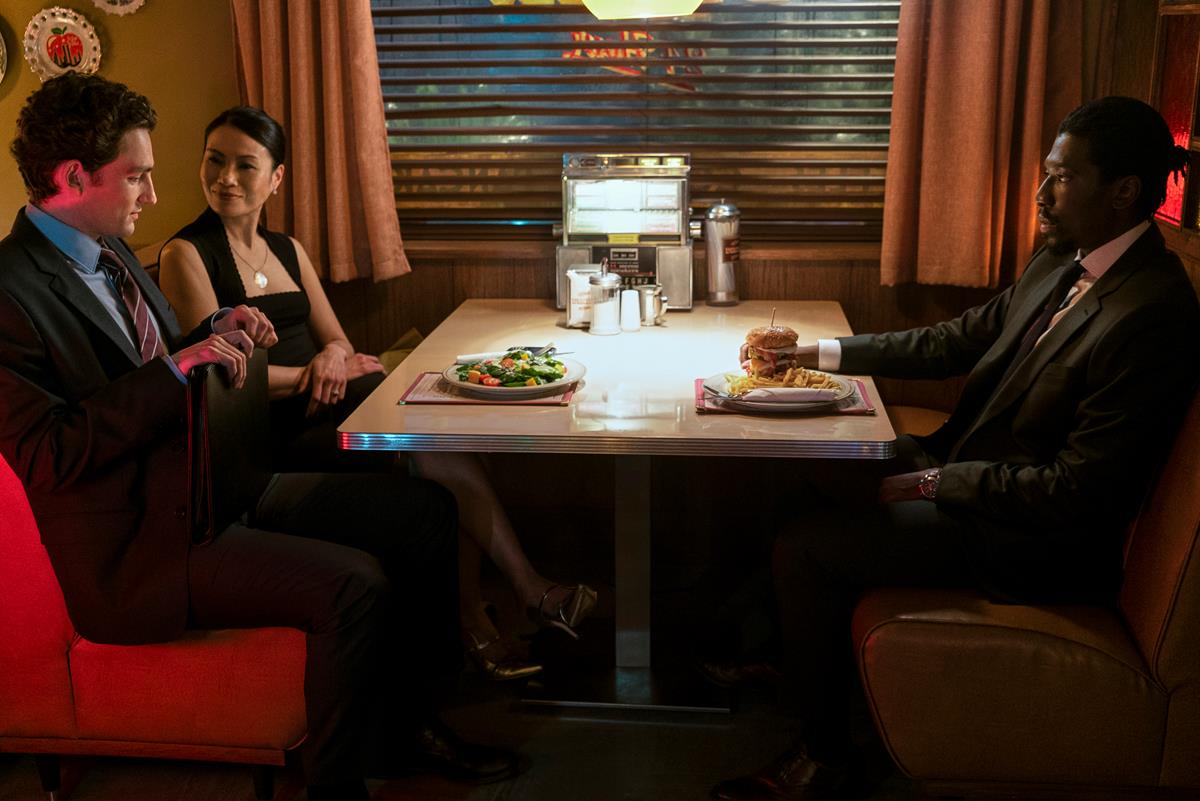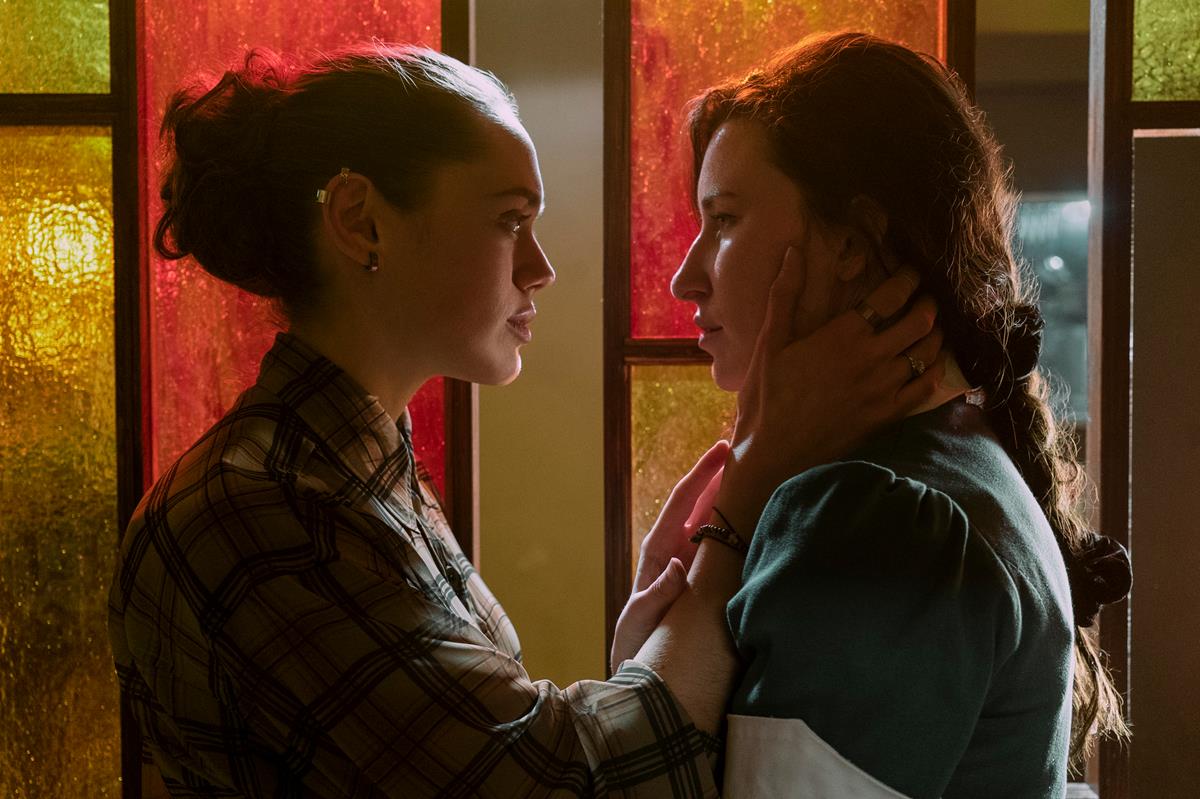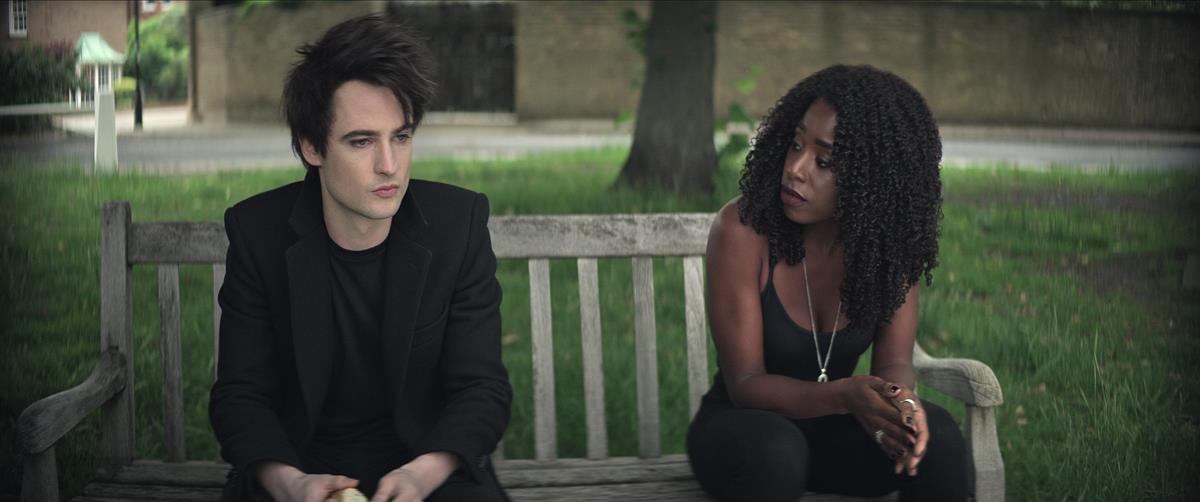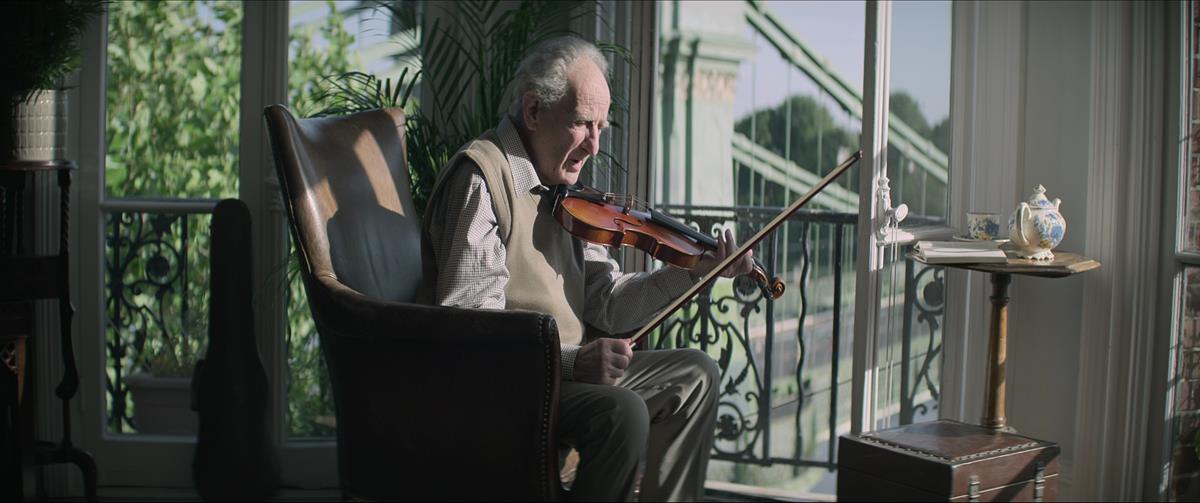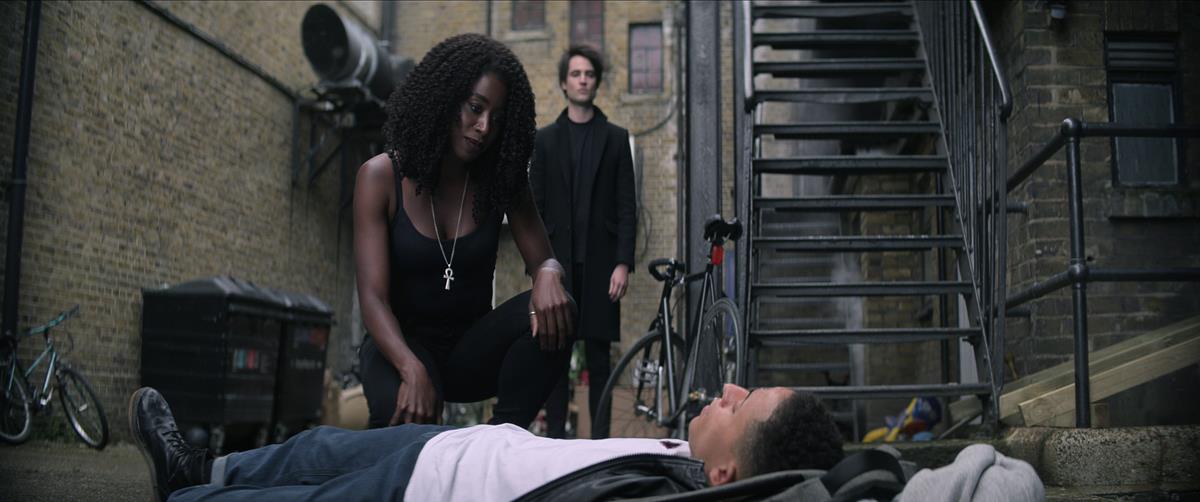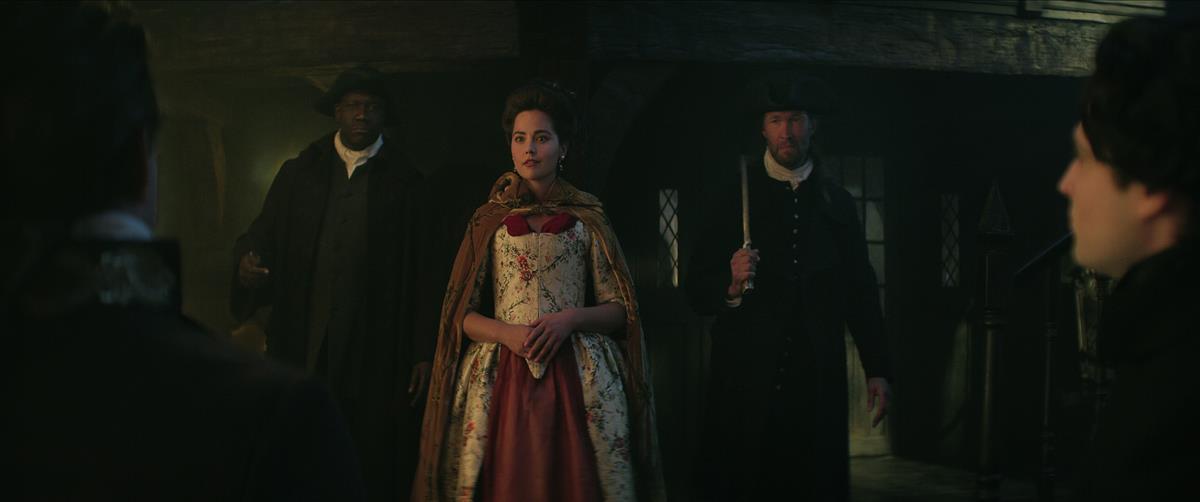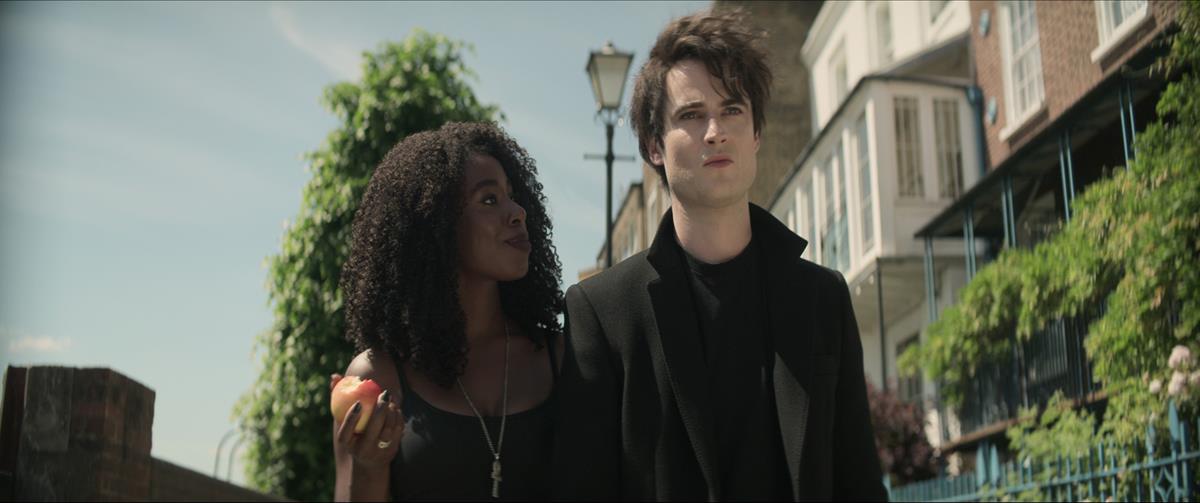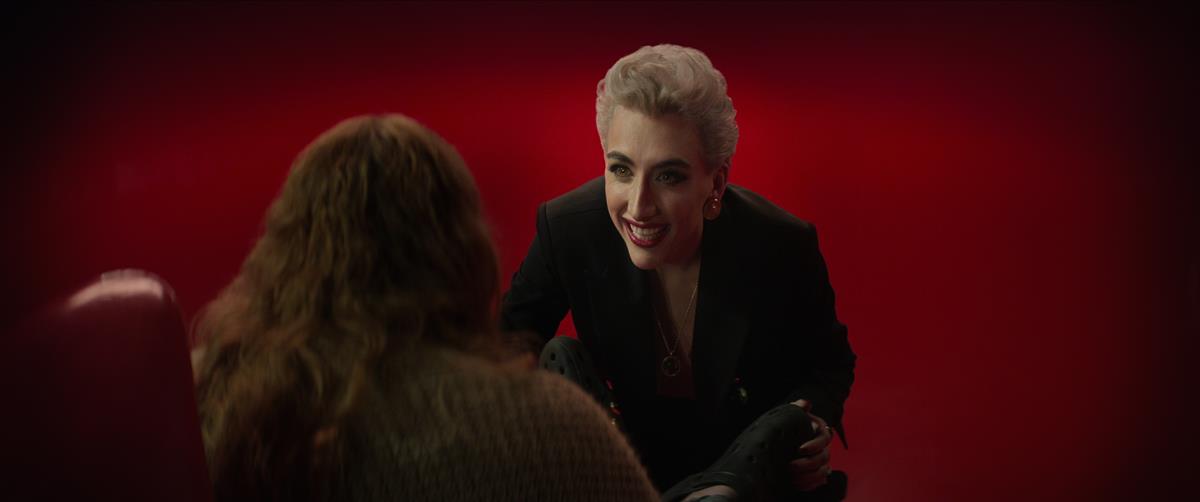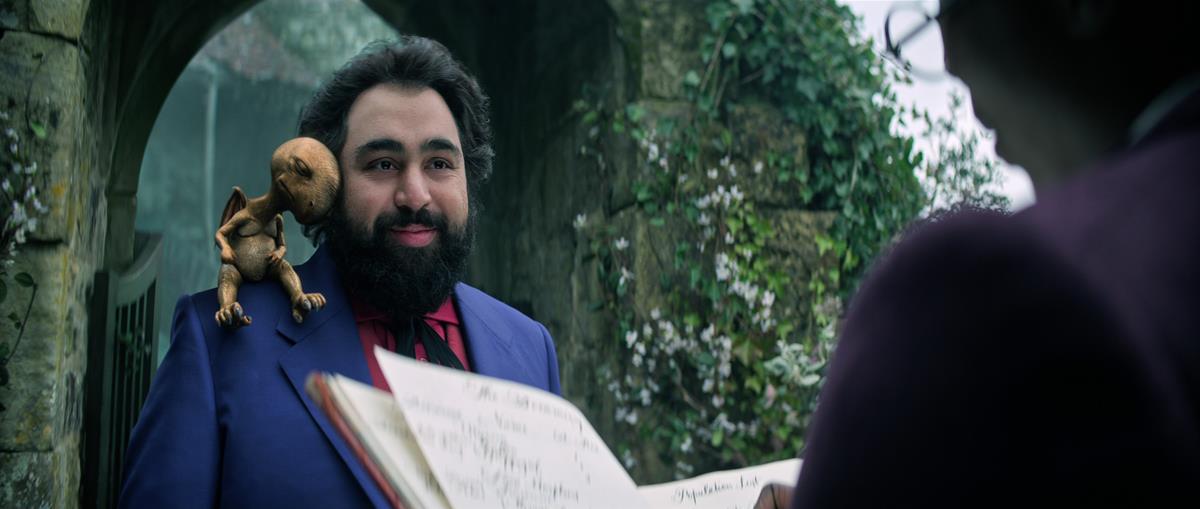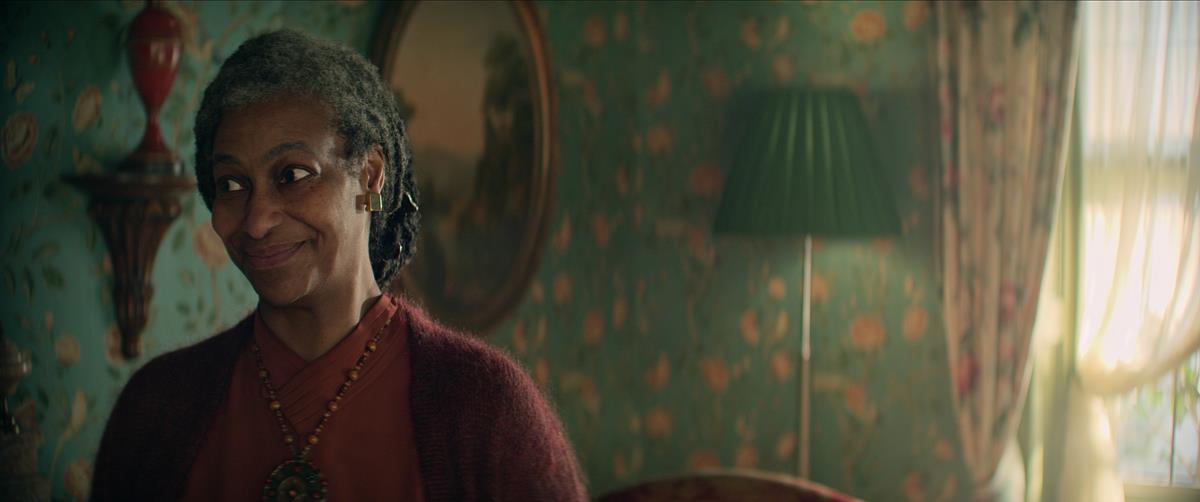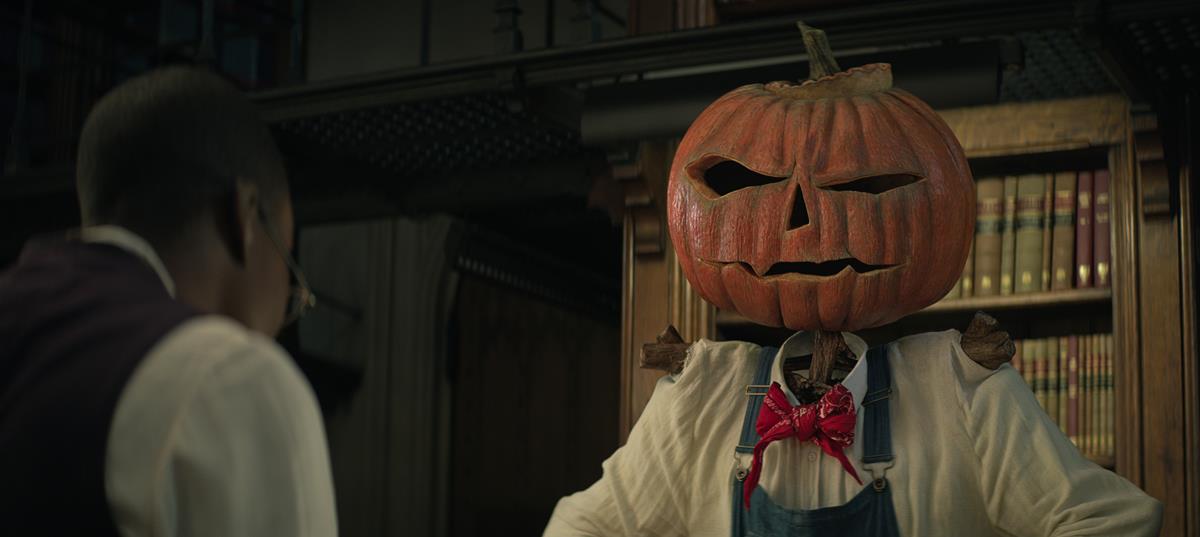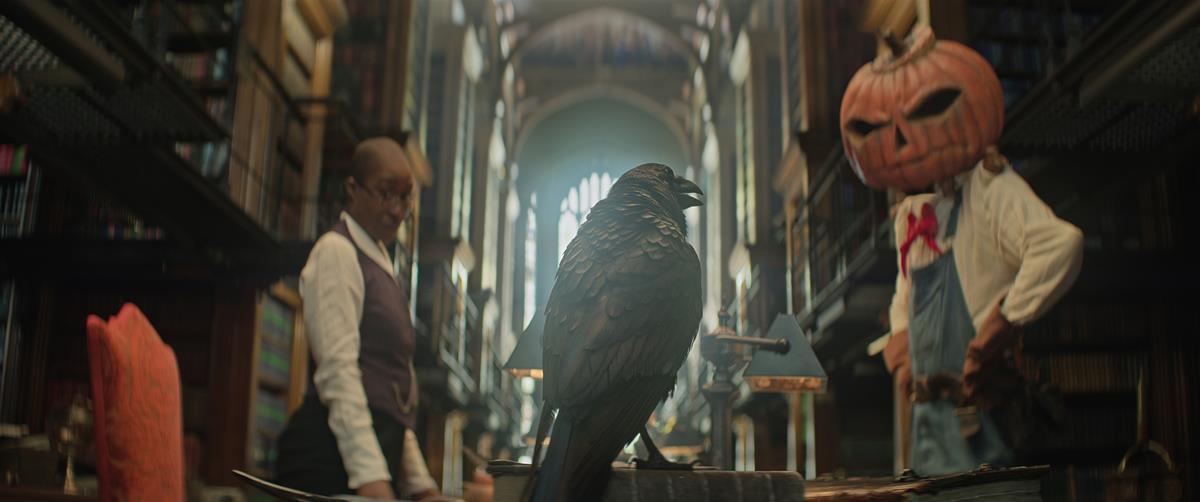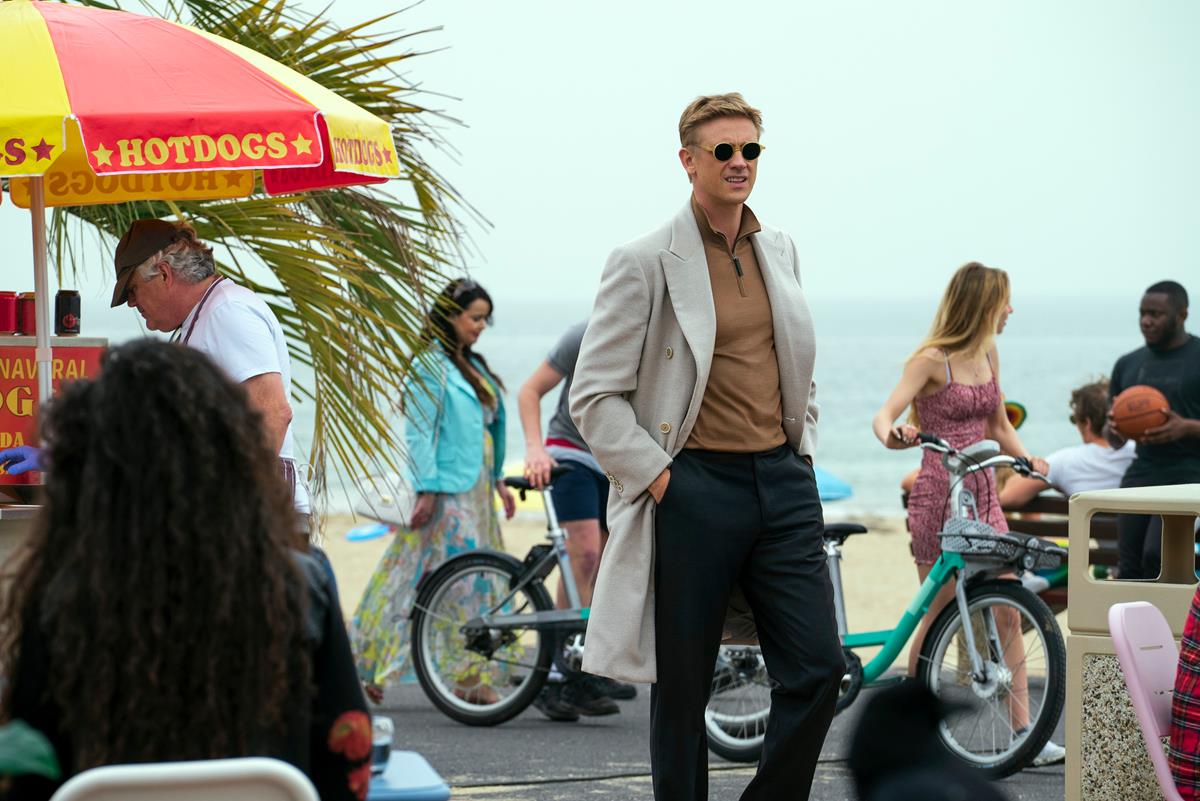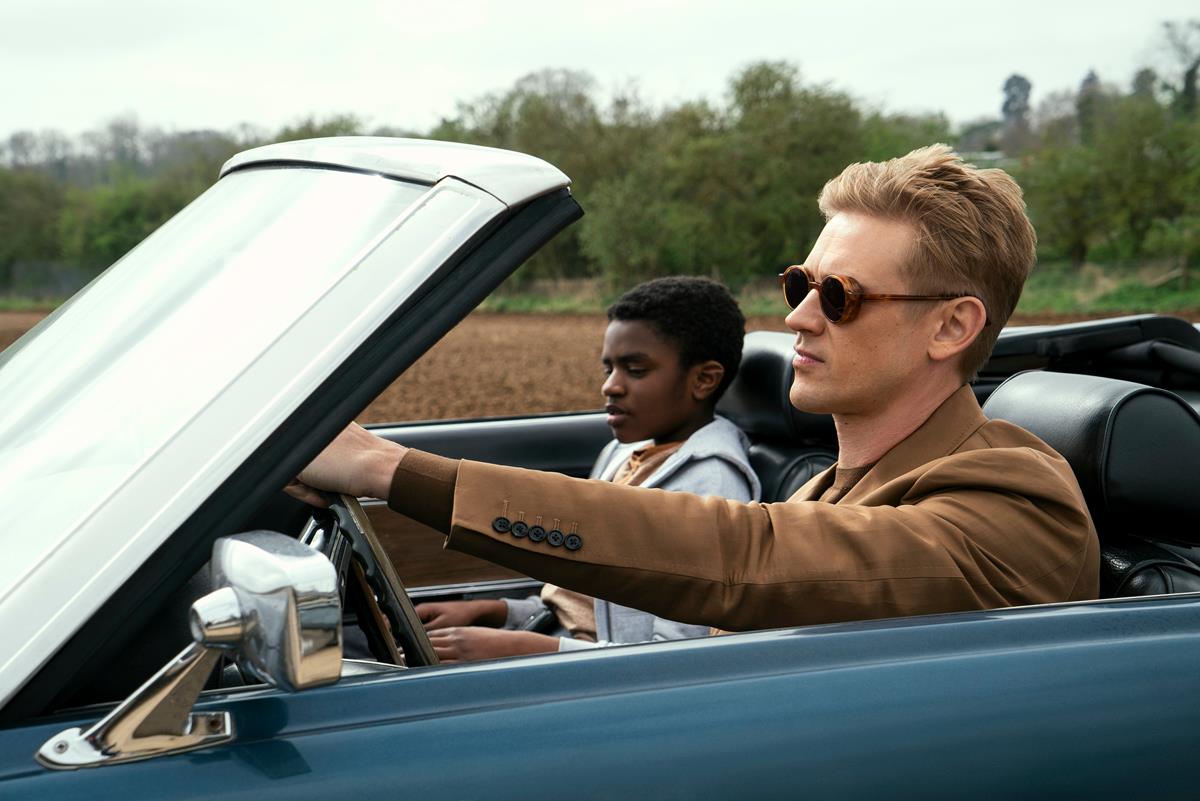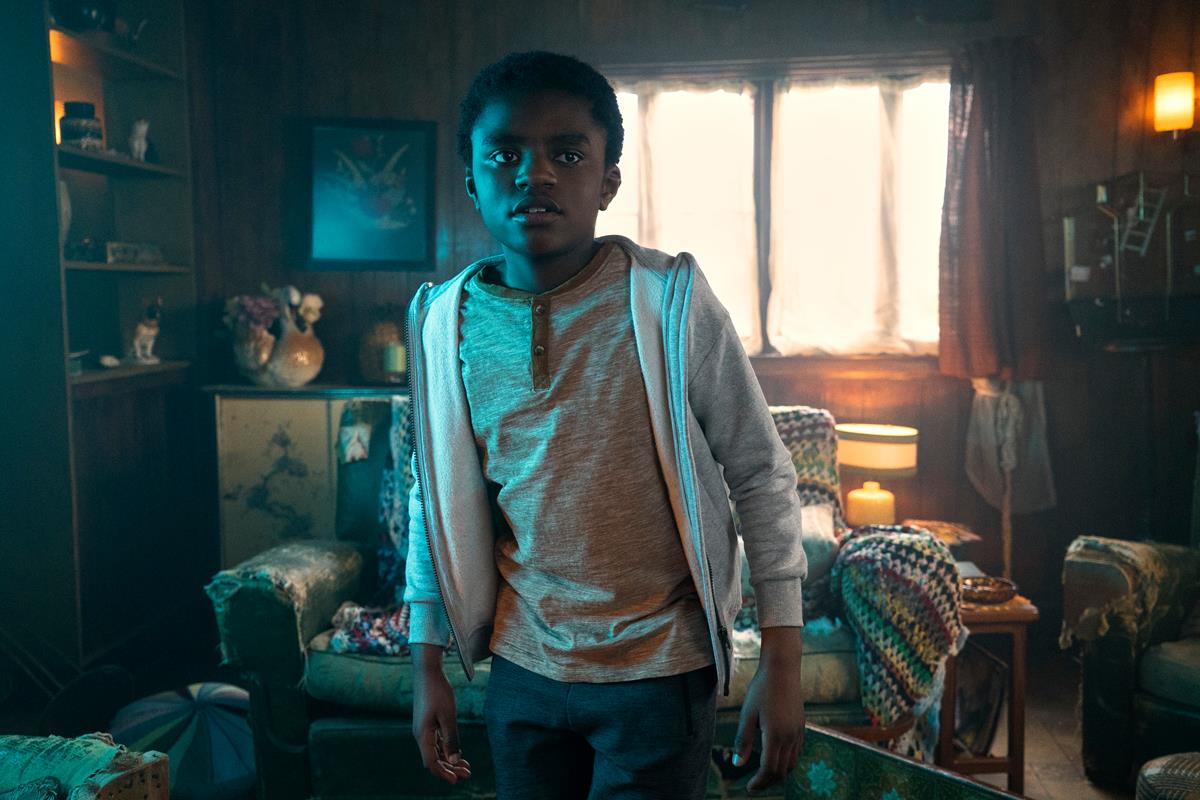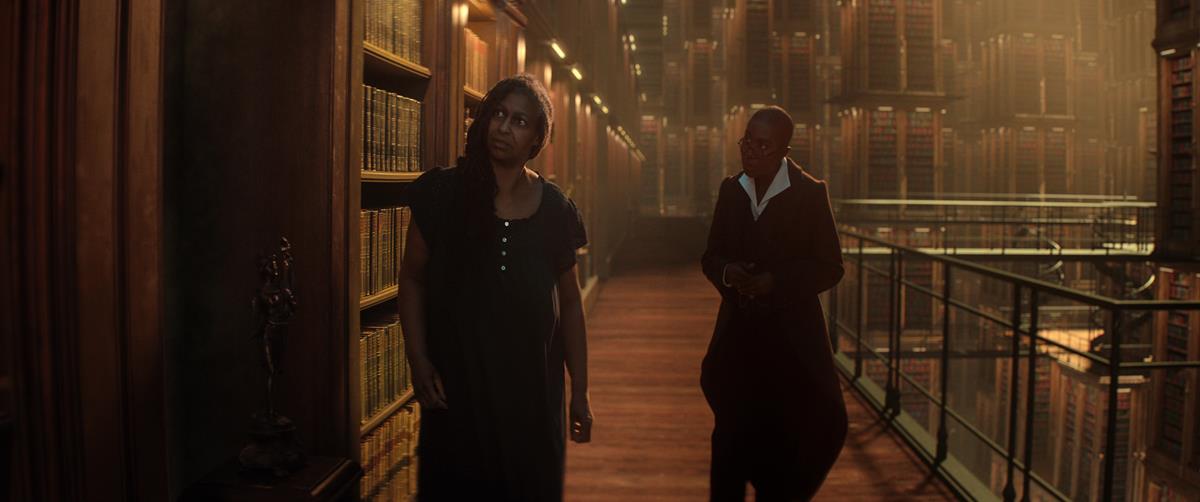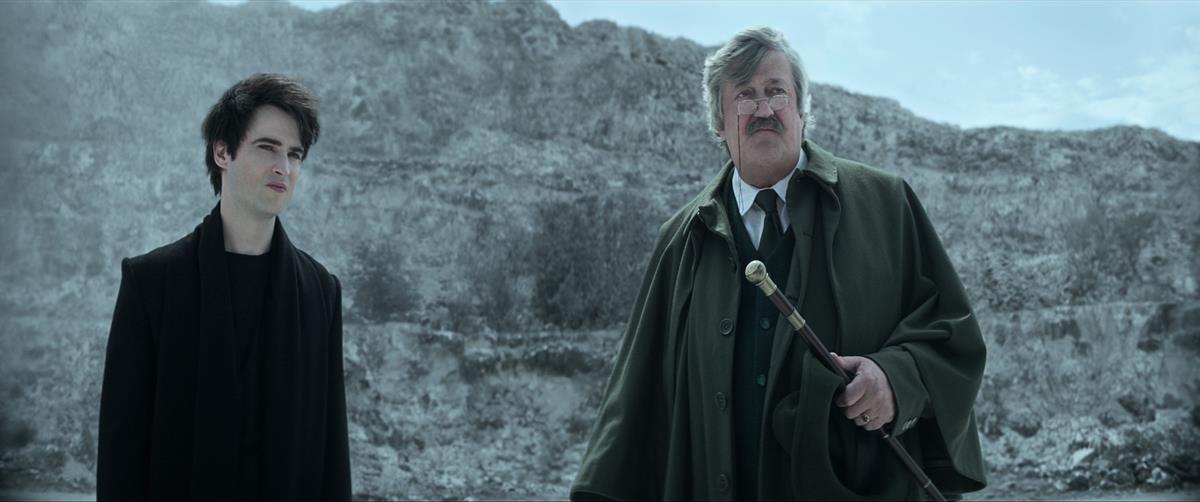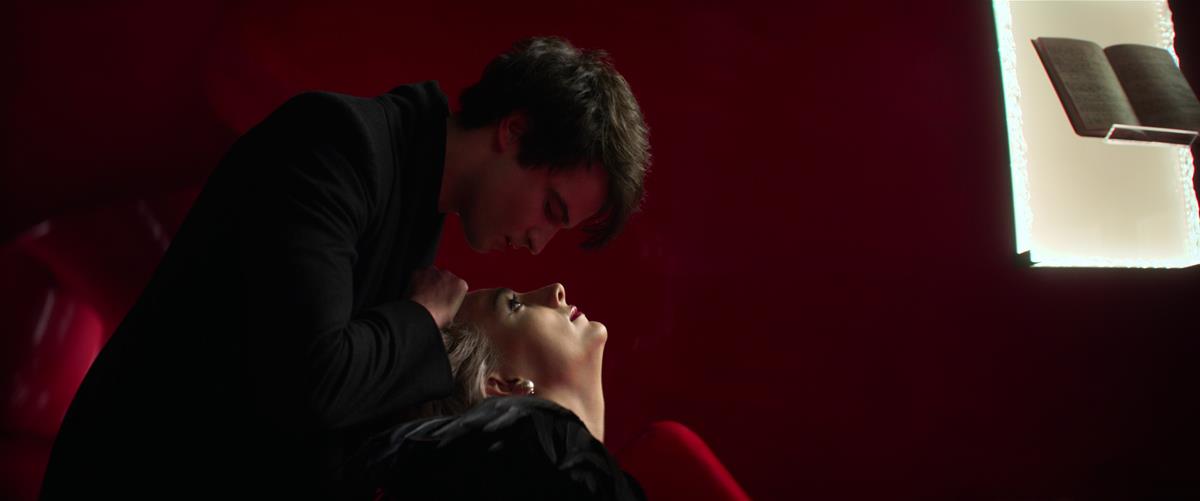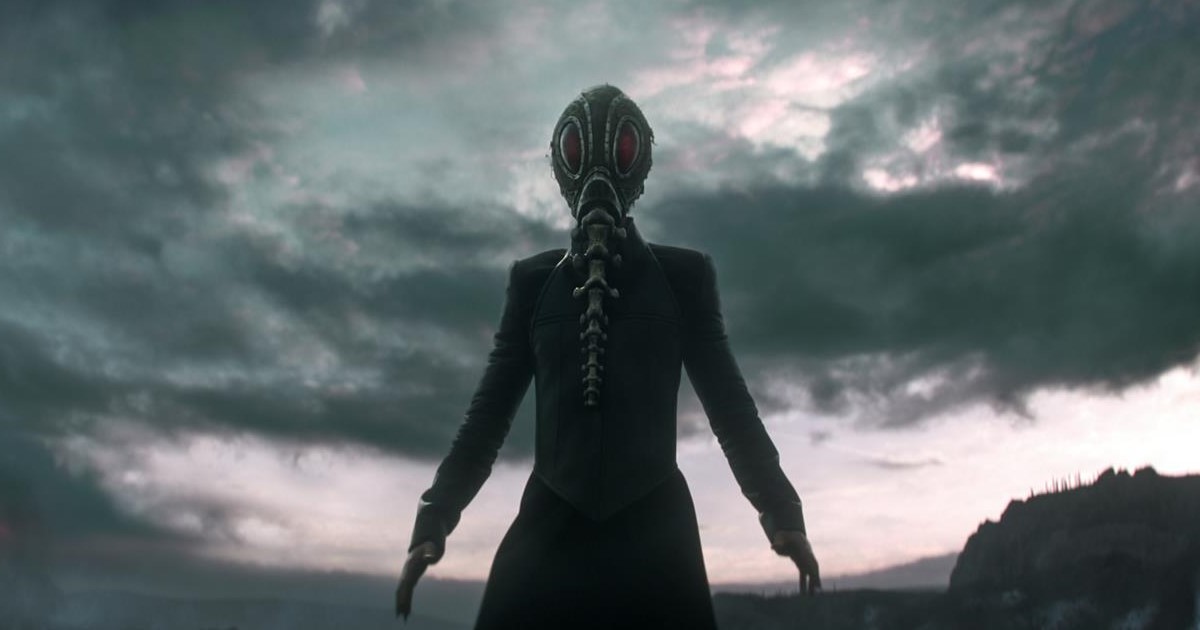
Despite being an acclaimed graphic novel — and one of the first to establish the genre in the critical mainstream — The Sandman has long been considered to be unfilmable. Yet Netflix seems to have done the impossible for fans and critics alike with its 10-part adaptation.
The fantasy series arrives just ahead of HBO’s Game of Thrones prequel and Amazon’s epic retelling of The Lord of The Rings, and on this evidence appears to have a hit — and a franchise with legs — to compete.
In the simplest terms, The Sandman follows the story of Morpheus (Tom Sturridge) — informally referred to as Dream — the Lord of the Dreaming, and one of seven immortal beings known as the Endless who are each tasked with watching over aspects of reality. Their stories, told in a format not unlike modern Greco-Roman myths, created a comic that displayed a depth and maturity not normally associated with the genre.
Various failed attempts at adaptation have wandered through development hell since the comic series was completed in 1996 (the first book in the series was released in 1989), including an abandoned 1991 movie at Warner Bros. (whose DC division published the books).
While the equally lauded and “unfilmable” graphic novel classic Watchmen has been made (by Zack Snyder into a 2009 feature and the more recent HBO TV series), none of the attempts to get The Sandman off the ground worked “in large part due to the series’ lack of easily characterized protagonists and antagonists,” NBC Think’s Ani Bundel observes. “The structure of the stories themselves also presents a challenge.”
The graphic novel’s story, 24 Hours, for example, is defined as much by the way the graphics are laid out — 24 pages, one per hour — as it is by the plot.
READ MORE: Netflix’s ‘The Sandman’ brings Neil Gaiman’s ‘unfilmable’ story to life. And it’s beautiful. (NBC Think)
But author Neil Gaiman’s involvement seems to have been the key to Netflix’s artistic success. Apparently, this is the first time he has been invited to be a key part of the creative team.
“Sandman needs time,” Gaiman tells Stephen Kelly at BBC. “If somebody had ever tried to make a movie of Game of Thrones, that wouldn’t have worked either. You need space for a big story. You need time to care about characters. In Sandman season one, we had 340 speaking parts in those first 10 episodes. That’s an awful lot of people to get to know and we’ve only just begun. We have adapted, so far, 400 pages out of 3,000.”
READ MORE: The Sandman: How an ‘unfilmable’ comic made it to Netflix (BBC)
NOW STREAMING — BEHIND THE SCENES OF FAN-FAVORITE SERIES:
As the streaming wars rage on, consumers continue to be the clear winners with an abundance of series ripe for binging. See how your favorite episodics and limited series were brought to the screen with these hand-picked articles plucked from the NAB Amplify archives:
- True (True) Crime: Making Dennis Lehane’s “Black Bird”
- How “The Staircase” Is a True-Crime Drama in All the Ways
- “Ms. Marvel” (Literally) Brings Some Girl Power to the MCU
- “Severance:” Now, About Solving the Work/Life Balance…
- “Dark Winds:” Developing a New (Overdue) Detective Genre
Gaiman is co-credited with writing the series premiere. “Having him on board granted the series’ writers license to translate to the screen as they saw fit,” Bundel says.
The show’s co-showrunner is Allan Heinberg, who co-produces with David Goyer and Gaiman. “The only way to do this is to do it faithfully and to do it with the author,” Heinberg told IndieWire’s Sarah Shachat.
So, the team went back to the beginning: Gaiman’s story itself. And not the visuals of the original comic either, but the author’s text, which he put together before an artist had drawn a single panel.
“In terms of my prep, one of the things that Allan provided me with, which was gold, was the original comic book scripts from Neil Gaiman,” VFX supervisor Ian Markiewicz tells Lucy Baugher at Den of Geek. “Not the comic books, not the drawn panels, but the scripts he wrote for the artists [where] he described what he was trying to get at.”
Other than the comic books, the major touchpoint for the creators were the films of Michael Powell and Emeric Pressburger.
Gaiman explained to Sachat, “There’s both a realism and a solidity and a willingness to walk away from realism in Powell and Pressburger, if you look at a film like A Matter of Life and Death, the way that they would do practical effects. And in this CGI world it’s very easy to look at Sandman and go, ‘Oh, this stuff is all CGI.’ You would be amazed at how much of it is not CGI.”
READ MORE: Neil Gaiman on ‘The Sandman’: ‘You Would Be Amazed at How Much of It Is Not CGI’ (IndieWire)
The result is that though there are certain moments in the series which look as though they’ve been lifted directly from the comic panels (because several “absolutely” have), The Sandman series manages to feel like something altogether different.
“I thought that [starting with] Neil’s notes was the perfect way for us to think about adapting the show,” Markiewicz adds. “Because sometimes the comic book panel is very comic book-y, and it has that wild, quirky, zany quality, which I don’t think the show has all of that much.”
Mirroring the episodic nature of the comic itself, each installment of the Netflix series is self-contained, shifting between time periods, settings, and genres even as it tells a cohesive larger story. Much of the show’s surreal dream states are rendered with skewed aspect ratios — a feature that seems distracting to some viewers.
READ MORE: ‘The Sandman’ Aspect Ratio: The Deliberate Creative Choice Behind the Divisive Skewed Imagery (Variety)
The result is a show that is “startingly faithful to the comic in tone and visuals but which alters it just enough to build a consistent linear narrative around which digressions can orbit,” Bundel says.
“With lush visuals and beautifully intricate sets, there are moments that feel as though they were explicitly lifted from the pages of the original comic,” as well as episodes that deftly blend the stories of multiple issues into something completely new Baugher finds.
“It had to be amazing, no matter what we did,” Jon Gary Steele, production designer for The Sandman, tells Baugher. “Everyone felt that energy and that excitement. We were trying to keep it as cool as the graphic novel — stunning, sexy, and beautiful.”
“One of the big challenges on this show is just every episode [is different],” Markiewicz notes. “Each episode has new main players, it has new locations, it has new bit characters, and new additional background. It’s set at a different time [with] a new wardrobe.”
READ MORE: How Netflix’s The Sandman Finally Created a Live-Action Version of the Dreaming (Den of Geek)
Critics seem content — though they voice concern that later seasons (this first 10-episode run could extend to another season) might be watered down creatively.
The Guardian’s Joel Golby puts its success down to two key decisions: the spectacular casting and the standalone structure of the episodic storytelling.
One episode set in a diner and another set in the same pub at 100-year intervals “really show what you can do with one story and one character and one hour of ingenuity, and give the whole series more of an anthology feel than an endless story where someone does hand gestures a lot and magic comes out,” Golby says.
READ MORE: The Sandman: ingenious TV that will inspire an entire generation of goths (The Guardian)
The Atlantic’s review is glass-half-full. David Sims finds the pacing a slow burn, “letting things unfold with the care of a monthly comic rather than the punchiness of weekly TV. It makes for some very high highs — and a few languorous lows.”
He finds an ambiguity to the main protagonist, which means audiences need to be patient, especially at first.
“So much of The Sandman’sarc is about the audience coming to understand Dream as he also comes to understand himself. But it relies on the viewer’s patience to stick with him through that process.”
Sims adds that “where the series cannot hope to compare to the comics is in its visuals; although the CGI in The Sandman is lavish and ever-present, it can’t render a dreamworld in as impressionistic a style as an illustrated comic can.”
READ MORE: Netflix’s The Sandman Is a Fan’s Dream. Is That Good Enough? (The Atlantic)
Want more? Netflix Geeked host Felecia Day sits down with Neil Gaiman, Tom Sturridge, Jenna Coleman, Boyd Holbrook, Vivienne Acheampong, Vanesu Samunyai, and Allen Heinberg to discuss the adaptation of the graphic novel The Sandman into the 10-episode series released on Netflix. Watch the full interview in the video below:
Or watch the cast panel and date announcement as they unveil new footage on Netflix Geeked:
Sturridge dives into the beginning moments used to for the introduction of the series’ protagonist and the start of Dream’s story:
He also breaks down how and why The Sandman series design of Dream isn’t the original design from the graphic novels:
See why Neil Gaiman thanks George R.R. Martin for all of The Sandman’s success (and why they both love actor Gwendoline Christie) in the conversation below:



